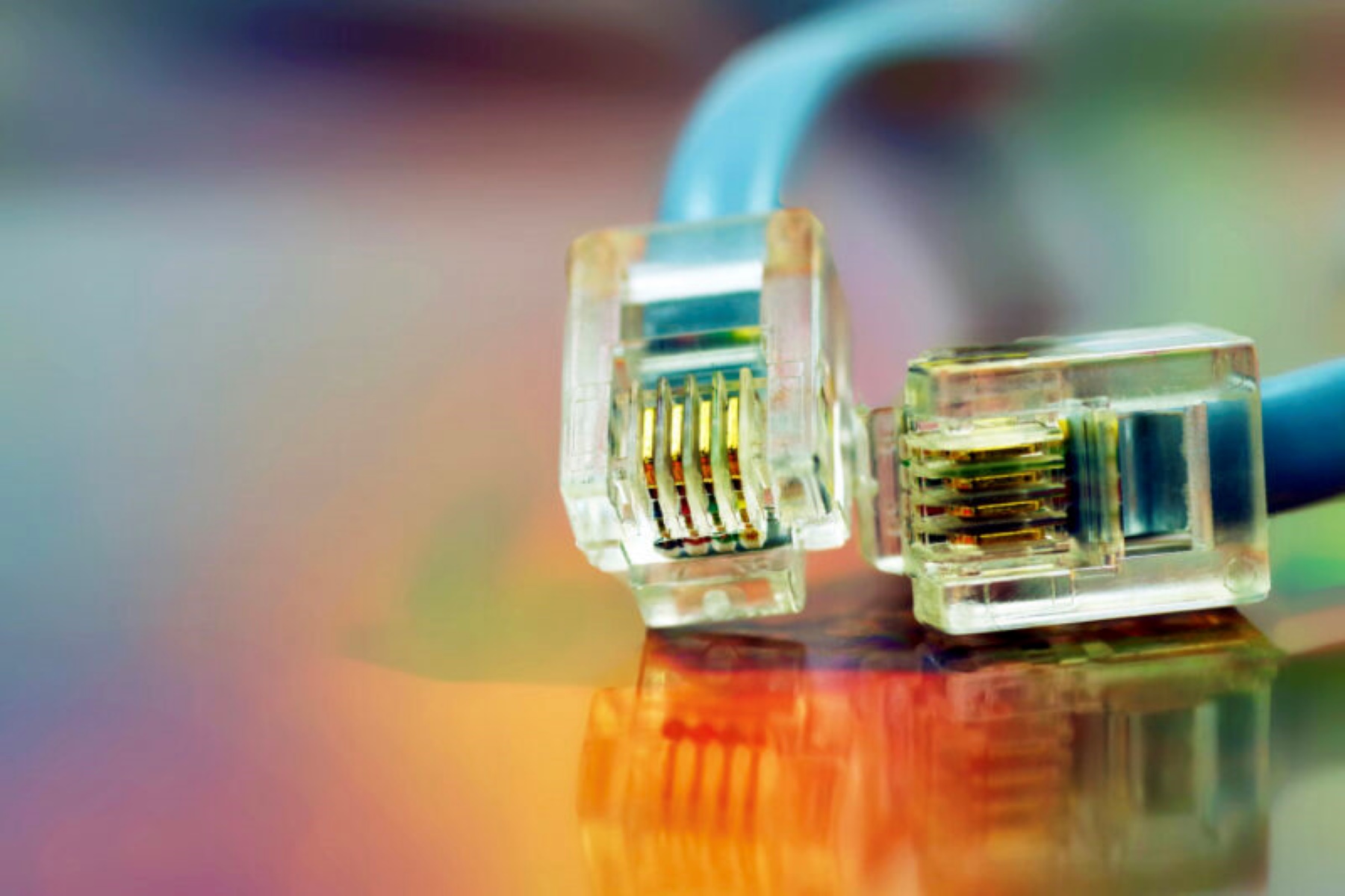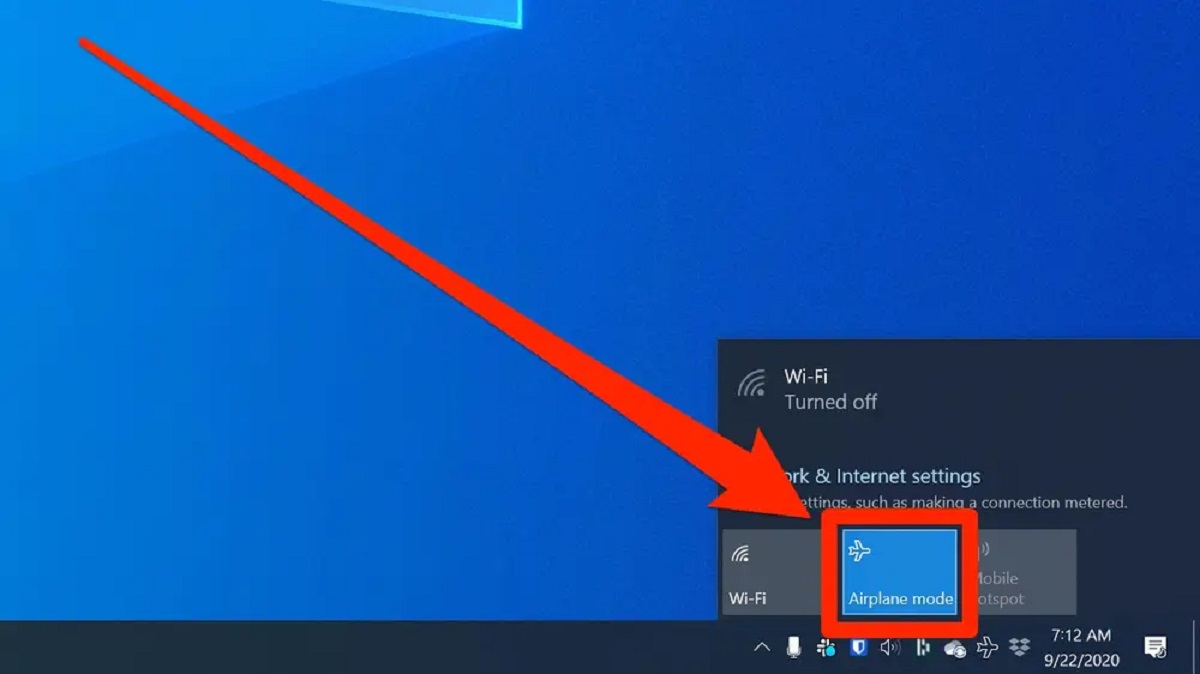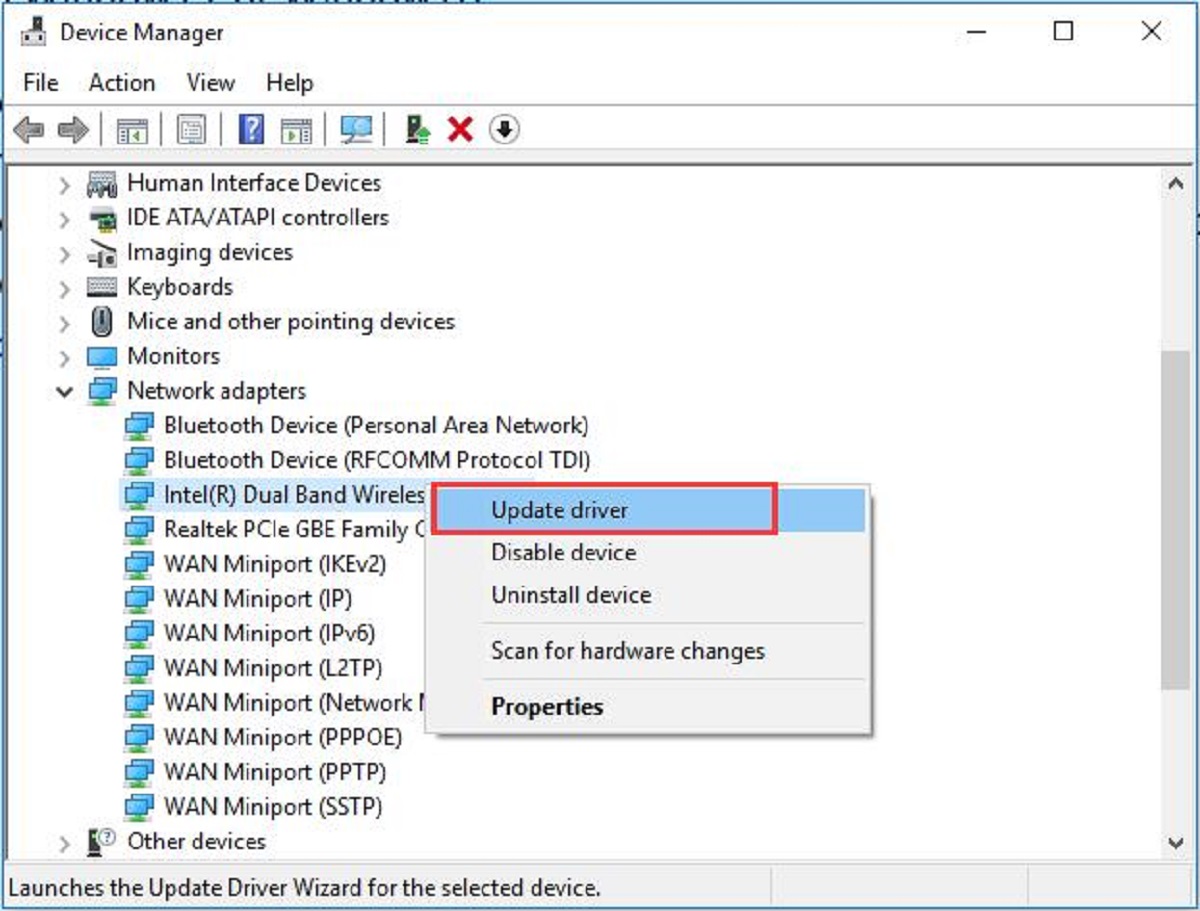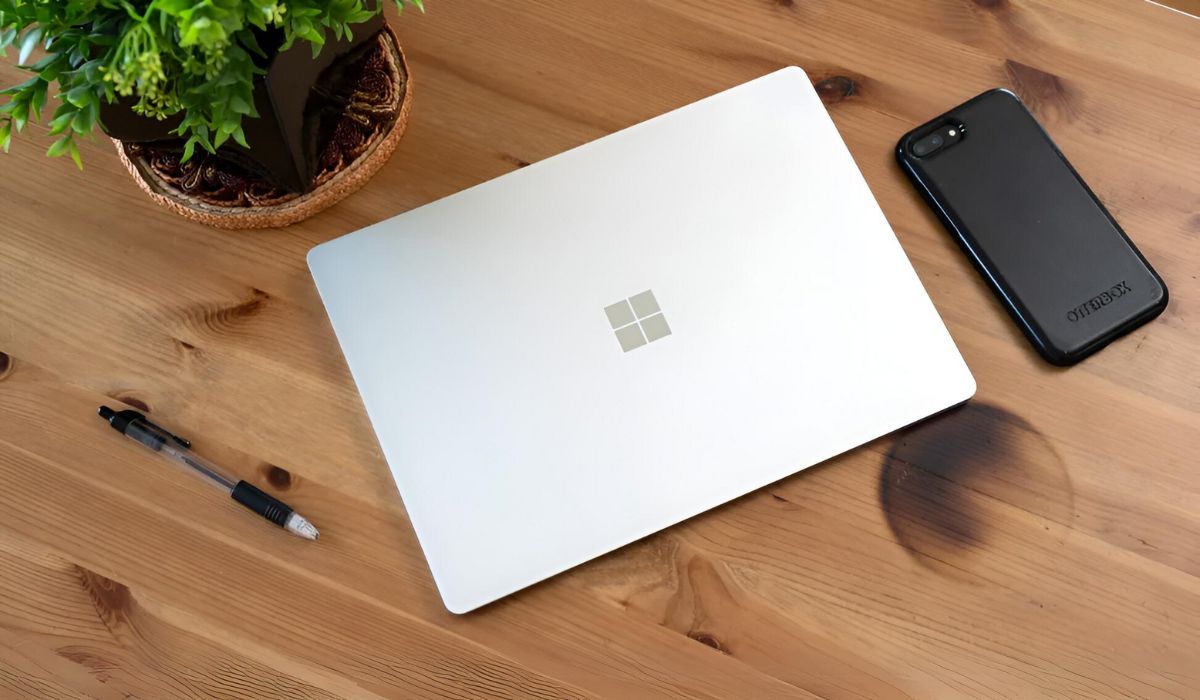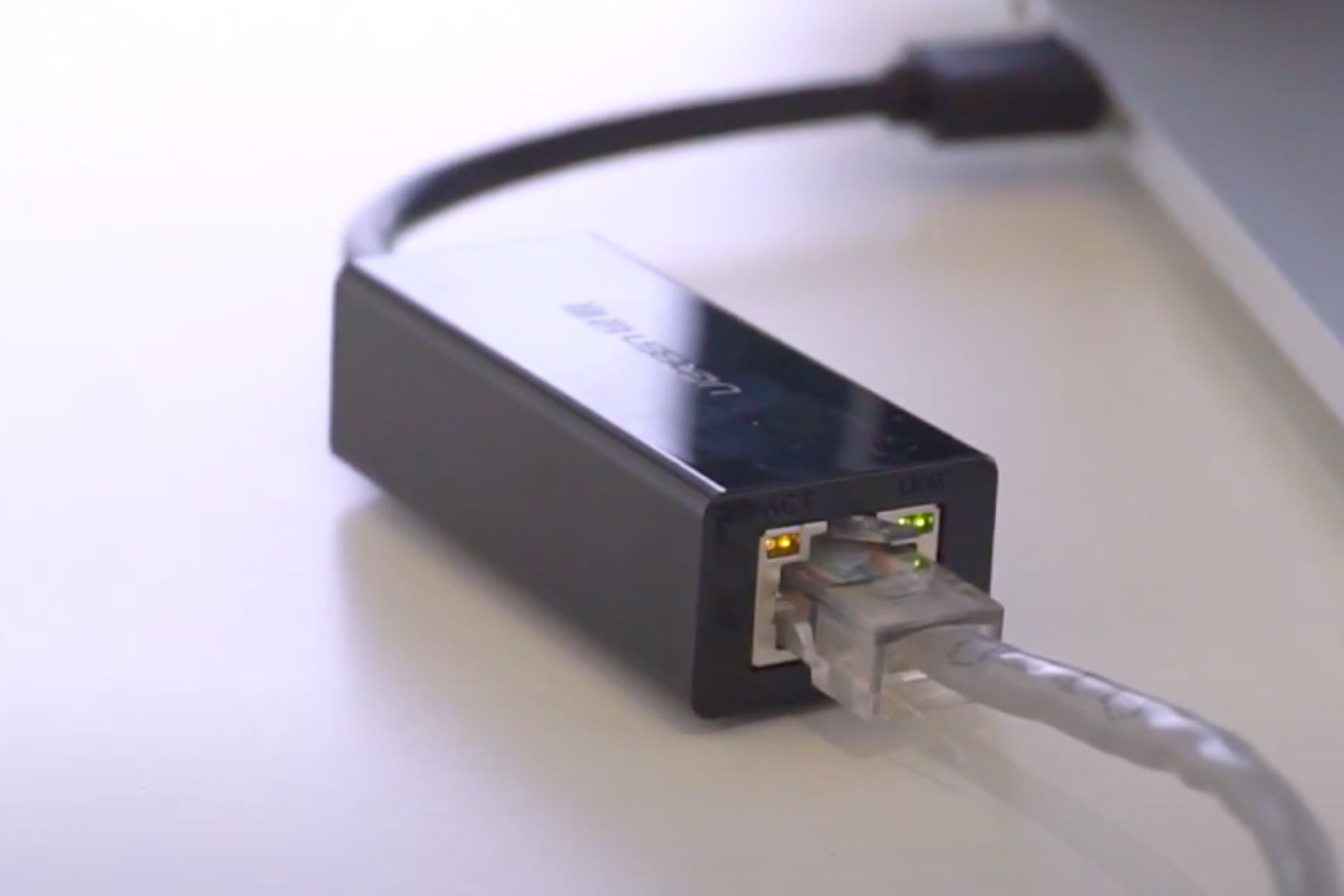Introduction
Welcome to our guide on how to download network drivers! In today’s fast-paced digital world, having a stable and functioning internet connection is essential. Network drivers play a crucial role in ensuring that your computer can connect to the internet and communicate with other devices on the network. These drivers act as the translator between your operating system and the network hardware, enabling seamless data transfer.
If your network driver is outdated, missing, or incompatible, you may encounter various connectivity issues, such as slow internet speeds, intermittent disconnects, or even a complete inability to connect. In such cases, downloading and installing the appropriate network drivers can help resolve these problems and restore your network connection to optimal performance.
Now, you may be wondering, where can you find these network drivers? This guide will walk you through several methods to download network drivers conveniently and efficiently.
Before we dive into the different methods, it’s important to note that the specific steps may vary slightly depending on your operating system and the manufacturer of your network adapter. However, the general principles discussed in this guide will apply to most systems. It’s also advisable to have a direct internet connection or access to another device to download the drivers before proceeding.
Whether you’re a novice computer user or an experienced tech enthusiast, this guide aims to provide you with a comprehensive understanding of how to obtain the correct network drivers for your system. Let’s get started on the journey to a seamless network connection!
What are network drivers?
Network drivers, also known as network adapter drivers or Ethernet drivers, are software programs that facilitate the communication between your computer’s operating system and the network hardware. These drivers act as a bridge, allowing your computer to connect to a network, such as a local area network (LAN) or the internet, by translating the data between the operating system and the network hardware.
In simpler terms, network drivers enable your computer to send and receive data over a network connection. This includes tasks like accessing websites, streaming videos, downloading files, and interacting with other devices on the network.
Network drivers are essential for the proper functioning and performance of your computer’s network adapter, which is the physical hardware responsible for connecting your device to a network. Each network adapter has a specific driver associated with it, designed to work with a particular operating system and network chipset.
When you purchase a new computer or network adapter, it usually comes with the necessary drivers pre-installed. However, over time, these drivers may become outdated due to advancements in technology or changes to the operating system. Additionally, if you reinstall the operating system or encounter network connectivity issues, you may need to reinstall or update your network drivers.
Without the correct network drivers installed, your computer may not be able to establish or maintain a stable network connection. You might experience issues like slow or limited internet access, frequent disconnections, or the inability to connect to the network altogether.
It’s important to keep your network drivers up to date, as newer versions may contain bug fixes, performance improvements, and added compatibility with the latest network protocols. Regularly updating your network drivers can help optimize your network performance and ensure a smooth and reliable internet experience.
In the next sections, we will explore various methods to download network drivers and guide you through the steps to install or update them on your computer.
Why do you need to download network drivers?
Downloading network drivers is essential for maintaining a stable and reliable internet connection on your computer. Here are a few reasons why you may need to download network drivers:
1. New computer or fresh operating system installation: When you purchase a new computer or perform a clean installation of the operating system, the pre-installed drivers may not always be up to date. Downloading the latest network drivers ensures that you have the most compatible and optimized drivers for your system, enabling smooth network connectivity from the start.
2. Network connection issues: If you’re experiencing problems with your network connection, such as slow speeds, frequent disconnections, or the inability to connect at all, outdated or faulty network drivers could be the culprit. Updating or reinstalling the drivers can help troubleshoot and resolve these connection issues.
3. Compatibility with newer network technologies: The field of networking is continually evolving, with new technologies and protocols being introduced regularly. Downloading the latest network drivers ensures that your computer’s network adapter remains compatible with these advancements, enabling you to take advantage of faster speeds, improved security, and other benefits.
4. Hardware upgrades or changes: If you install a new network adapter or make hardware changes to your computer, you may need to download the corresponding drivers for the new hardware. This ensures that the operating system can recognize and utilize the new network adapter effectively.
5. Security updates: Network drivers, like any other software, occasionally receive security updates to patch vulnerabilities or vulnerabilities that could leave your system exposed to potential threats. Downloading and installing the latest network drivers ensures that your system remains secure and protected from potential network-related security risks.
6. Optimized performance: Outdated or generic default drivers provided by the operating system may not fully utilize the capabilities of your network adapter. By downloading the manufacturer’s drivers, you can ensure that your network adapter performs at its best, potentially improving network speeds and reducing latency.
By downloading the appropriate network drivers, you can address these issues and ensure that your computer can establish a resilient and efficient network connection. The next sections will outline various methods to download network drivers based on your specific needs.
Where to find network drivers
When it comes to finding network drivers, you have several options. Here are some common sources where you can find and download network drivers:
- Manufacturer’s website: The manufacturer of your computer or network adapter is often the most reliable source for downloading the latest and most compatible network drivers. Visit the manufacturer’s official website and navigate to the support or drivers section. Look for the model number or name of your device, select the appropriate operating system, and download the network drivers specific to your hardware.
- Windows Update: Windows operating systems have a built-in feature called Windows Update, which can automatically search for and install the latest drivers, including network drivers, for your computer. Open the Windows Update settings and check for updates. If any network driver updates are available, Windows will download and install them for you.
- Driver update tools: There are third-party driver update tools available that can scan your computer, detect outdated drivers, and automatically download and install the latest versions. These tools save you time and effort by streamlining the driver update process. However, be cautious and choose reputable tools to avoid potential risks or compatibility issues.
- Third-party websites: There are various third-party websites that offer a collection of drivers for different devices and hardware. These sites can be an alternative option if you’re unable to find the drivers from the manufacturer’s website. However, exercise caution and double-check the authenticity and reliability of these websites, as some may provide outdated or incompatible drivers.
It’s important to note that the manufacturer’s website is generally the most trustworthy source for downloading network drivers. They provide drivers specifically tailored to your device and operating system, ensuring compatibility and reliability. Whenever possible, it’s recommended to download drivers directly from the manufacturer’s website.
Additionally, it’s essential to download drivers that match your exact hardware specifications, such as the model number or version of your network adapter. Installing incompatible drivers can lead to further connectivity issues or system instability.
In the following sections, we will discuss the step-by-step process of downloading network drivers using the different methods mentioned above. Whether you choose to download from the manufacturer’s website, use Windows Update, or explore other options, we’ve got you covered!
Method 1: Download network drivers from the manufacturer’s website
One of the most reliable sources for downloading network drivers is the official website of the manufacturer of your computer or network adapter. The manufacturer’s website provides the most up-to-date and compatible drivers for your specific hardware. Here’s how you can download network drivers from the manufacturer’s website:
- Identify the manufacturer of your network adapter: Determine the brand and model of your network adapter. You can find this information in the device manager or by referring to the documentation that came with your computer or network adapter.
- Visit the manufacturer’s website: Open your preferred web browser and go to the official website of the manufacturer. Look for a “Support” or “Downloads” section.
- Locate the drivers section: Navigate to the drivers or downloads section of the website. Depending on the manufacturer’s website layout, you may also need to select the specific model or series of your network adapter.
- Select your operating system: Choose the correct operating system version that matches your computer. Some manufacturers may provide separate driver downloads for different versions of Windows or other operating systems.
- Download the network drivers: Look for the network driver download link that corresponds to your network adapter and operating system. Click on the download button or link to start the download process.
- Install the network drivers: Once the download is complete, locate the downloaded file and double-click on it to begin the installation process. Follow the on-screen instructions to install the network drivers on your computer.
- Restart your computer: After the installation is complete, it is recommended to restart your computer to ensure that the newly installed network drivers are properly initialized.
By downloading the network drivers from the manufacturer’s website, you can ensure that you have the most up-to-date and compatible drivers for your specific hardware. This method provides a reliable way to maintain a stable and optimized network connection on your computer.
Keep in mind that the steps outlined above may vary slightly depending on the manufacturer and the specific website layout. However, the general process mentioned above should apply to most manufacturers’ websites.
Now that you know how to download network drivers from the manufacturer’s website, let’s explore another method: using Windows Update to download network drivers.
Method 2: Use Windows Update to download network drivers
Windows Update is a built-in feature in Windows operating systems that allows you to download and install the latest updates, including device drivers. Using Windows Update to download network drivers is a convenient method that can save you time and effort. Here’s how you can use Windows Update to download network drivers:
- Open the Windows Update settings: Press the Windows key on your keyboard and type “Windows Update” in the search bar. Select the “Windows Update settings” option from the search results.
- Check for updates: In the Windows Update settings window, click on the “Check for updates” button. Windows will now search for available updates, including device drivers.
- Download and install network driver updates: If there are any network driver updates available, Windows will display them in the list of updates. Look for the network driver update and check the box next to it. Click on the “Install” or “Download and install” button to initiate the download and installation process.
- Follow the on-screen instructions: Windows will download and install the network driver update on your computer. Follow any additional on-screen instructions that may appear during the installation process.
- Restart your computer: After the installation is complete, it is recommended to restart your computer to ensure that the newly installed network drivers are properly initialized.
Using Windows Update to download network drivers simplifies the process by automatically searching for the latest updates and handling the installation. However, it’s important to note that Windows Update may not always have the most up-to-date drivers, especially for specialized or less common network adapters. In such cases, downloading the drivers from the manufacturer’s website may be a better option.
Keep in mind that the steps outlined above are based on Windows 10. The Windows Update interface and options may differ slightly in other versions of Windows, but the overall process remains similar.
Now that you know how to use Windows Update to download network drivers, we will explore another method: installing network drivers using a driver update tool.
Method 3: Install network drivers using a driver update tool
If you prefer a more automated and convenient way to download and install network drivers, you can utilize driver update tools. These tools are designed to scan your computer, detect outdated or missing drivers, and provide you with the necessary updates. Here’s how you can install network drivers using a driver update tool:
- Select a reputable driver update tool: There are several driver update tools available online. Research and choose a reputable tool that has positive reviews and a track record of reliability.
- Download and install the driver update tool: Visit the official website of the driver update tool and download the installer. Run the installer and follow the on-screen instructions to install the tool on your computer.
- Launch the driver update tool: Once installed, launch the driver update tool. It will automatically scan your computer’s hardware and identify any outdated or missing network drivers.
- Review the scan results: The driver update tool will present you with a list of drivers that need to be updated. Look for the network driver or network adapter in the list.
- Download and install network driver updates: Select the network driver or adapter from the list and follow the prompts to download and install the updates. The driver update tool will handle the installation process for you.
- Restart your computer: After the installation is complete, it is recommended to restart your computer to ensure that the newly installed network drivers are properly initialized.
Using a driver update tool simplifies the process of finding and installing the latest network drivers. It can save you time and ensure that you have the most up-to-date drivers for your network adapter. However, it’s important to choose a reputable tool and exercise caution while using driver update tools to avoid potential risks or compatibility issues.
It’s also worth noting that some driver update tools may require a paid subscription to access advanced features or to download driver updates. Consider your requirements and budget before deciding to use a driver update tool.
Now that you know how to install network drivers using a driver update tool, let’s explore another method: downloading network drivers from third-party websites.
Method 4: Download network drivers from third-party websites
In certain cases, you may need to resort to downloading network drivers from third-party websites if you’re unable to find them on the manufacturer’s website or through other methods. However, it’s important to exercise caution and be mindful of potential risks when downloading drivers from third-party sources. Here’s how you can download network drivers from third-party websites:
- Identify the specific network driver you need: Determine the make and model of your network adapter and the version of your operating system to ensure compatibility.
- Research reputable third-party websites: Look for well-known and trusted third-party websites that have a history of providing reliable drivers. Reading user reviews and checking forums for recommendations can be helpful in identifying reliable sources.
- Visit the website and locate the network drivers: Navigate to the website and search for the network drivers section. Enter the relevant details such as the network adapter model and operating system version.
- Download the network drivers: Look for the appropriate driver download link and click on it to start the download process. Ensure that you are downloading the drivers from a trusted source to avoid potential security risks.
- Verify the downloaded file: After the download is complete, verify the authenticity and integrity of the downloaded file. Use an antivirus program to scan the file for any potential malware or unwanted software.
- Install the network drivers: Double-click on the downloaded file to run the installer. Follow the on-screen instructions to install the network drivers on your computer.
- Restart your computer: After the installation is complete, it is recommended to restart your computer to ensure that the newly installed network drivers are properly initialized.
It’s important to note that downloading network drivers from third-party websites comes with certain risks. There is a chance of downloading outdated, incompatible, or potentially malicious drivers. Exercise caution and use reputable sources to minimize these risks. Whenever possible, prioritize downloading network drivers from the manufacturer’s website or through official channels.
If you encounter difficulties or concerns when downloading from third-party websites, it is advisable to explore alternative methods such as using Windows Update or driver update tools.
Now that you’re familiar with various methods to download network drivers, it’s time to put this knowledge into practice and ensure that your computer’s network connection is optimized and reliable.
Conclusion
Downloading network drivers is a crucial step in maintaining a stable and reliable internet connection on your computer. Whether you choose to download drivers from the manufacturer’s website, use Windows Update, utilize driver update tools, or explore third-party websites, ensuring that your network drivers are up to date is essential for optimal performance. By following the methods outlined in this guide, you can easily download and install the correct network drivers for your system.
The manufacturer’s website is typically the most reliable source for obtaining network drivers. They provide drivers specifically tailored to your hardware, ensuring compatibility and reliability. Windows Update offers a convenient option for automatically downloading and installing network driver updates, although it may not always have the most up-to-date drivers for specialized hardware. Driver update tools can simplify the process by scanning for outdated drivers and providing convenient installation, but it’s important to choose reputable tools. Third-party websites can be an alternative option, but caution should be exercised to ensure the authenticity and compatibility of the downloaded drivers.
Remember, before downloading any drivers, it’s important to identify the manufacturer, model, and version of your network adapter, as well as the operating system, to ensure that you download the correct drivers. Additionally, always verify the authenticity of downloaded files and use antivirus software to scan for potential malware.
By keeping your network drivers updated, you can enjoy a smoother and more reliable internet connection, with improved speeds, stability, and compatibility. Regularly check for updates and install new drivers as needed to optimize your network performance and ensure a seamless online experience.
We hope this guide has provided you with valuable insights and guidance in downloading network drivers. With the right drivers installed, you’ll be able to enjoy a flawless network connection on your computer. Happy downloading!










